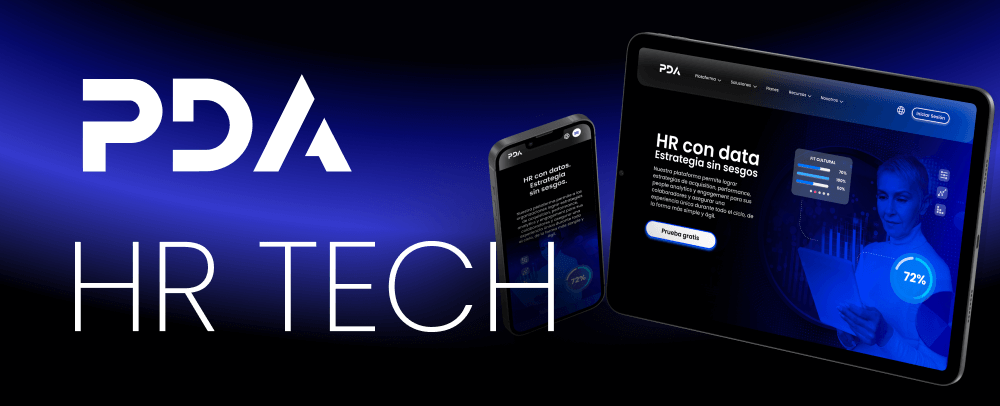“Personally, I am always willing to learn, although I do not always like to be taught lessons.”
Winston Churchill
One of the essential skills of a leader is giving feedback. Feedback gives people valuable information about how they are doing their job, the degree of achievement of their objectives, what they are doing right and what the performance gaps are, and therefore what they should stop doing to align their performance toward success.
In general, the feedback is descending since the bosses give it to those who report to him. However, 360° evaluations made feedback a universal tool since a person receives feedback from his boss, subordinates, and peers.
One of the most important reasons people refuse to give feedback is that they must confront other people about their mistakes and areas for improvement.
In fact, Churchill’s phrase gives a clue of what happens to the people who receive feedback since, in general, nobody likes to be told about their shortcomings, which sparks a discussion about who is right.
One possible way out may be to avoid those conversations that are unpleasant for everyone.
Feedback problems
What all feedbacks have in common is that they are oriented to the past.
They describe events that cannot be corrected, which is why feedback is somewhat frustrating for people.
Let’s also consider that whoever opens a judgment on the decisions made in the past does so knowing the result, or as it is usually said, “Monday morning quarterback.”
No matter how feedback is delivered, it is always taken personally, and this shifts the focus from the issue at hand to the relationship between people. When people are asked, “how did you feel the last time you received feedback”, the answer is usually… “not good”, “tense”, and so on.
I am not saying that feedback as a tool does not work; I am just saying that perhaps it would not hurt to get an alternative to choose from accordingly.
Marshall Goldsmith offers an alternative to feedback, which he calls feedforward.
Therefore, we can understand it as food for the future, and it poses an inverse process to that of feedback.
How feedforward is delivered
The method is simple, the person who will receive the feedforward identifies a behavior to change.
Changing this behavior would make a positive difference for these people, so they get motivated and have expectations in the process.
This professional asks colleagues, bosses or subordinates – selected at random – for suggestions to perform better in the future.
The applicant listens and takes note of the suggestions.
Those who provide feedforward will never be able to refer to the past. In addition, it is not allowed to comment on the ideas of others since that is not the objective.
Of course, the acceptance of the suggestions will be left to the prerogative of each individual.
In the end, the recipient of the feedforward appreciates the suggestions and can pass the message on to the next person who wants to participate in the exercise.
What is the difference?
As can be seen, a first difference is that the recipient himself can lead the feedforward; another is that the other people who participate can be chosen by the applicant so that there will be implicitly a relationship of personal and professional trust.
In addition, feedforward does not fall into the typical prejudices of feedback, where past events are extrapolated to the future or to other planes that are not strictly part of the observation process.
This is one of the reasons authority is lost when giving feedback.
The underlying assumption that guides feedforward is that you can’t change the past, but you can change the future! And putting energy into designing the future is exhilarating for anyone while reviewing the mistakes of the past is frustrating.
Therefore, the feedforward does not allow personal criticism.
Feedforward practices reinforce people’s self-confidence and self-esteem. They are taught to focus efforts on achieving positive results and not avoiding negative ones. So no energy is wasted in having to persuade others that they are wrong.
Feedforward is easier to listen to, as people don’t get defensive.
They are less likely to catch themselves having internal dialogues.
They will feel more relaxed and will even greet you with a smile.
There is nothing that needs to be answered or explained; the energy is focused on listening. It occurs in a respectful and personal appreciation environment.
Are you wondering … Can I do it?
Anyone can provide feedforward; it is unnecessary to diagnose a problem from the beginning since it focuses only on the solutions. The perspective of the feedforward is not that of a “superior”, but that of a “teammate”. This being the case, there will be no unappealable judgments to hear or justifications to give.
For example, a formula for giving feedforward could be: “I offer you three ideas to apply from here on. Take only the ones that make sense to you.
Thank you for allowing me to make this contribution”.
In short, a different future cannot be built if we only focus on the mistakes that we do not want to repeat.
You can now add another tool to the feedback and choose the most appropriate for each person and moment.
Given the importance of the quality of communication and the creation of climates for any organization, feedforward is a tool that adds to more open and constructive conversations that put the person at the center of value.
What are you waiting to make your first experience with the feedforward?
Take the first step and let us know how it went!
Join the HR Community
Exclusive content, inspiring stories, and practical tools delivered to your inbox.



